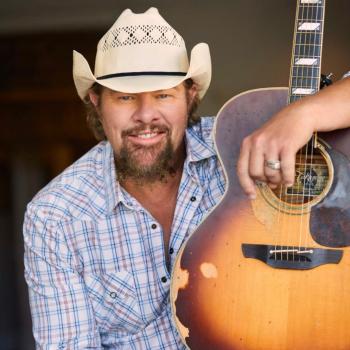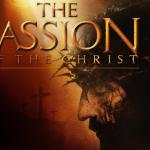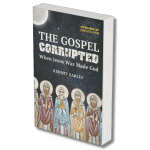In a meeting room under Holy Name Cathedral, a rapt group of black Roman Catholics listened as Barack Obama, a 25-year-old community organizer, trained them to lobby their fellow delegates to a national congress in Washington on issues like empowering lay leaders and attracting more believers.
“He so quickly got us,” said Andrew Lyke, a participant in the meeting who is now the director of the Chicago Archdiocese’s Office for Black Catholics. The group succeeded in inserting its priorities into the congress’s plan for churches, Mr. Lyke said, and “Barack Obama was key in helping us do that.”
By the time of that session in the spring of 1987, Mr. Obama — himself not Catholic — was already well known in Chicago’s black Catholic circles. He had arrived two years earlier to fill an organizing position paid for by a church grant, and had spent his first months here surrounded by Catholic pastors and congregations. In this often overlooked period of the president’s life, he had a desk in a South Side parish and became steeped in the social justice wing of the church, which played a powerful role in his political formation.
This Thursday (March 27, 2014), Mr. Obama will meet with Pope Francis at the Vatican after a three-decade divergence with the church. By the late 1980s, the Catholic hierarchy had taken a conservative turn that de-emphasized social engagement and elevated the culture wars that would eventually cast Mr. Obama as an abortion-supporting enemy. Mr. Obama, who went on to find his own faith with the Rev. Jeremiah A. Wright Jr.’s Trinity United Church of Christ, drifted from his youthful, church-backed activism to become a pragmatic politician and the president with a terrorist “kill list.” The meeting this week is a potential point of confluence.
Read the rest here















